India is known as a land of great diversity due to its incredible mix of religions, languages, and culture. However, lesser known is that India is also home to tremendous natural diversity and is one of 10 most forest-rich countries in the world. Approximately 24% of the country’s landmass is classified as forest cover, ranging from the evergreen forests in the Western Ghats to the alpine forests of the Himalayas and the deciduous forests of Central India. India’s forests are home to 12% of the Earth’s recorded flora, and over 7% fauna, including 12.5% of known bird species, many of which are endemic to the country. The Indian Government has set a target to increase forest cover to 33% of land mass as part of its plan to create an additional carbon sink of 2.5-3 billion tonnes of carbon dioxide equivalent, to meet its commitments under the 2015 Paris Agreement. While the intent behind this is laudable, there remain several challenges in meeting this objective, including continued loss of old growth forests to infrastructure projects, encroachment, agriculture and forest fires, questionable methodologies to calculate forest cover and unevenly skewed progress across states.
India’s Forests: An Overview
28 July 2021 | Photography by Hoshner Reporter
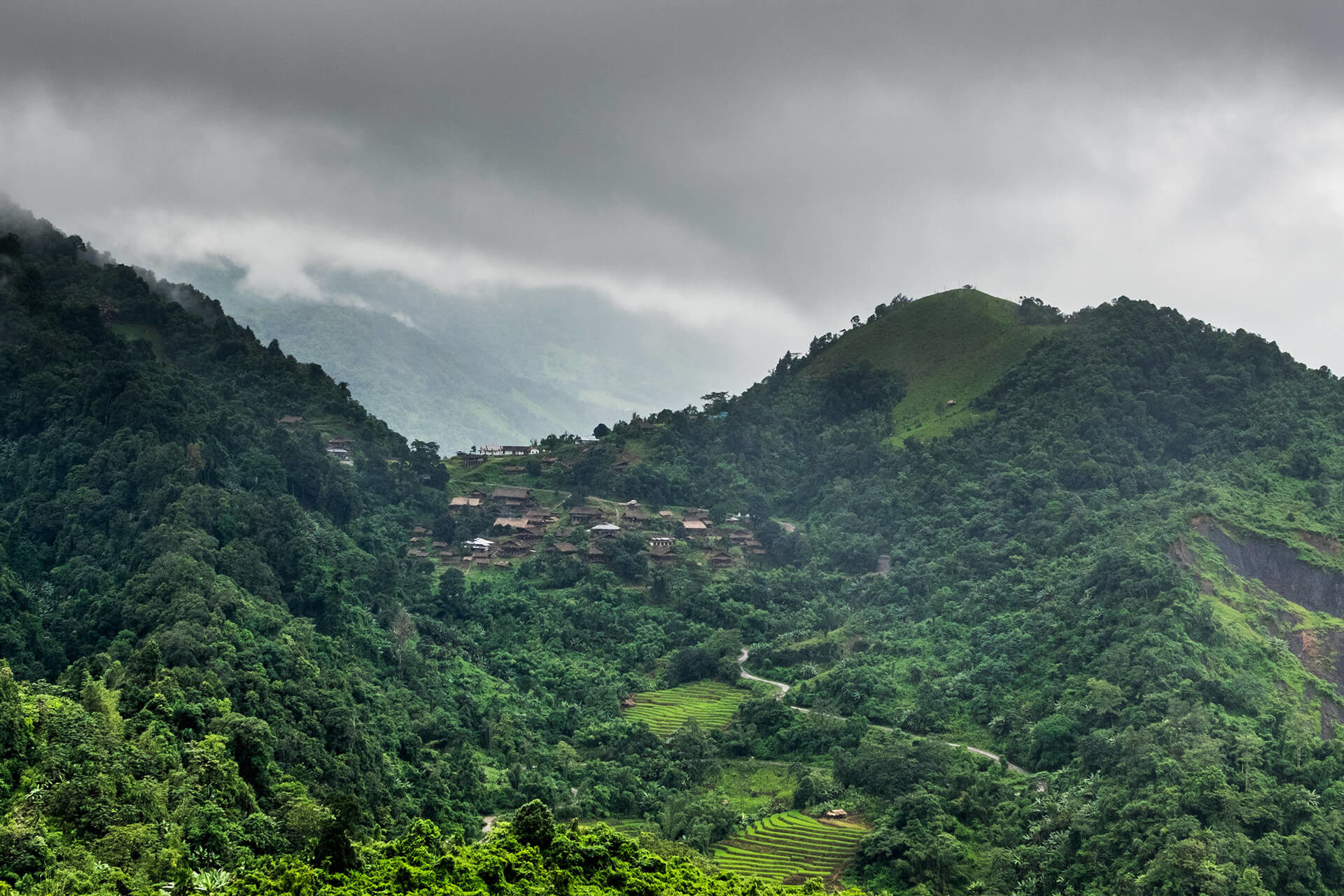
The north-eastern state of Arunachal Pradesh has the second highest forest cover in India (over 80%), both by total area as well as percentage of land. It has a wide range of forests such as alpine forest, tropical rain forests and pine forest amongst others, and is amongst the most biodiverse states in India – home to over 20% species of the country’s fauna. Forests are the mainstay of the economy of Arunachal Pradesh, and the livelihood of the local population is intricately linked and heavily dependent on forest resources. However, the state’s low population density has meant that while risks remain, the impact has not been extreme as compared with other states and regions.
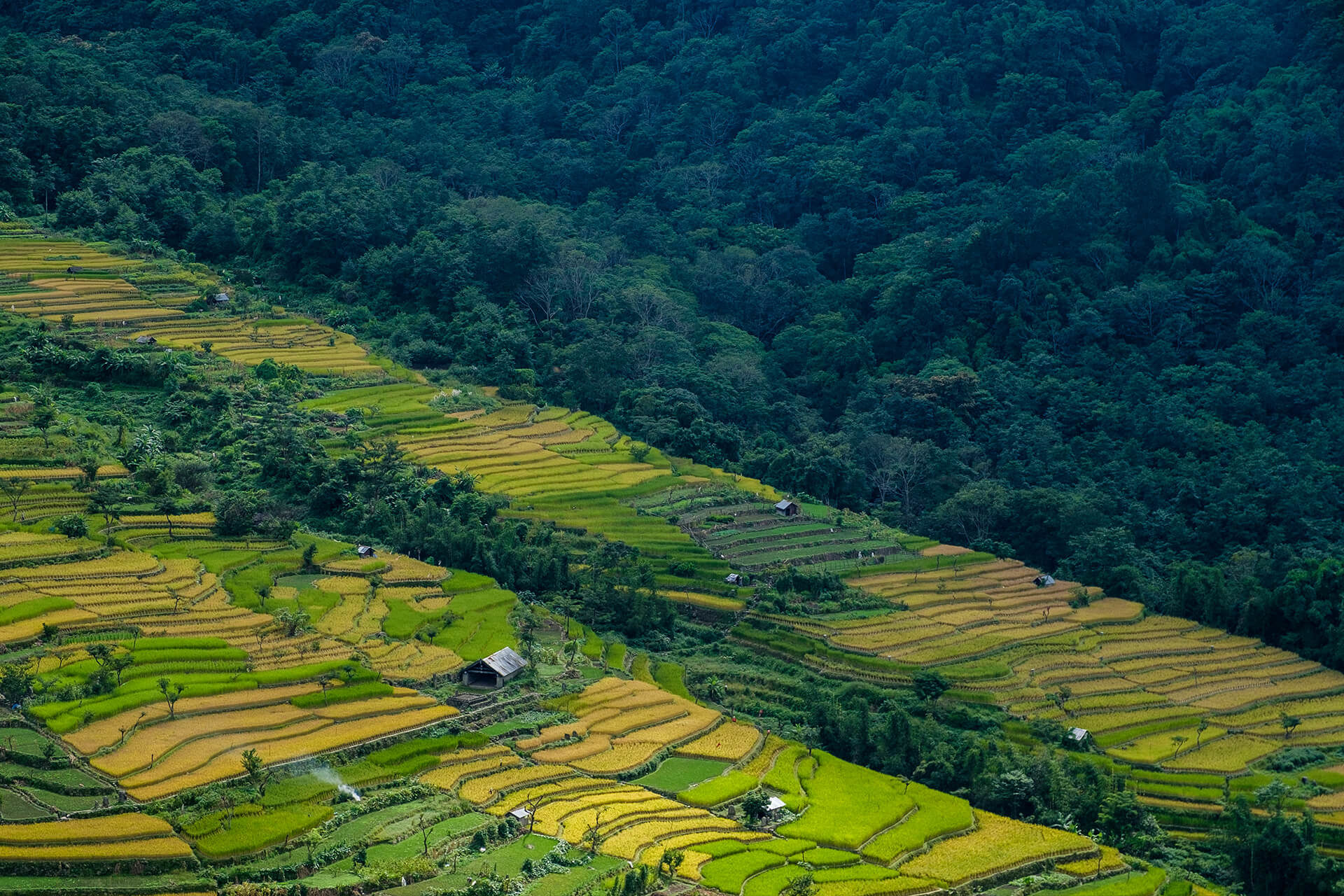
India’s north-east region, while most forest rich, has also suffered the greatest loss of forest cover over the last decades. The region that has traditionally lagged behind the rest of the country on infrastructure, faces the pressure of development, and its resulting effects. In addition, deforestation due to agricultural practices such as jhum or slash-and-burn cultivation, where large tracts of forest are cleared for agriculture, has increased with the growth in population. Reduction in soil fertility over the years means that the cleared land supports fewer crop cycles, resulting in increasing and unsustainable forest clearances.
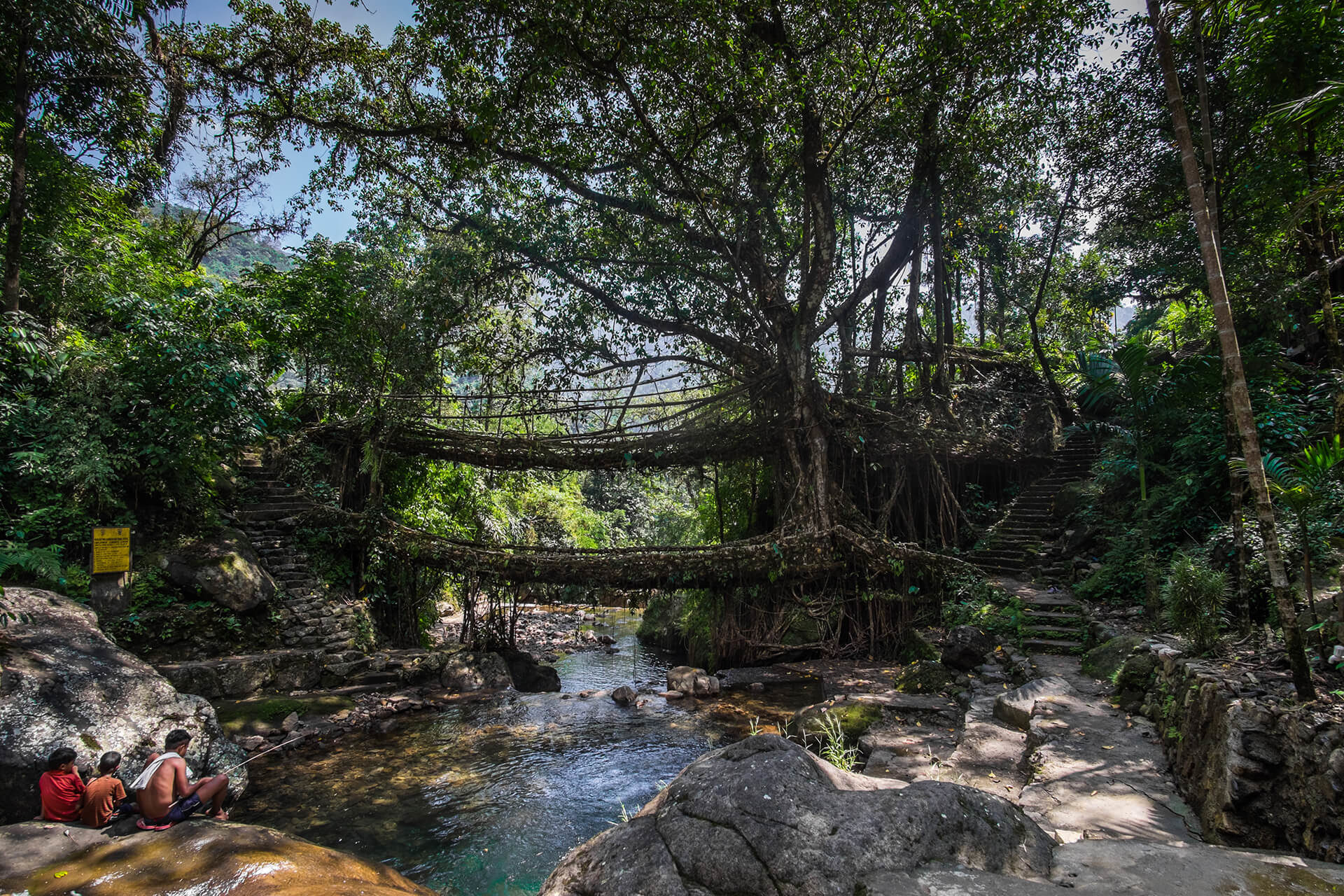
Local communities in the region have responded in unique ways to deforestation and species loss owing to hunting traditions and practices like jhum. In many villages in the region, hunting outside of one or two days in a year is banned, as is fishing with nets, to prevent wasteful catch beyond one’s needs. In Meghalaya, local communities maintain local forest as ‘sacred forests’, preserving and protecting these unique spaces. Another unique feature of forest conservation in Meghalaya is the presence of community-built ‘root bridges’ to cross streams in areas of heavy rainfall. The community works with naturally-available material, and the aerial roots of the living Ficus tree, to build these bridges without introducing unnecessary foreign elements of iron or concrete.
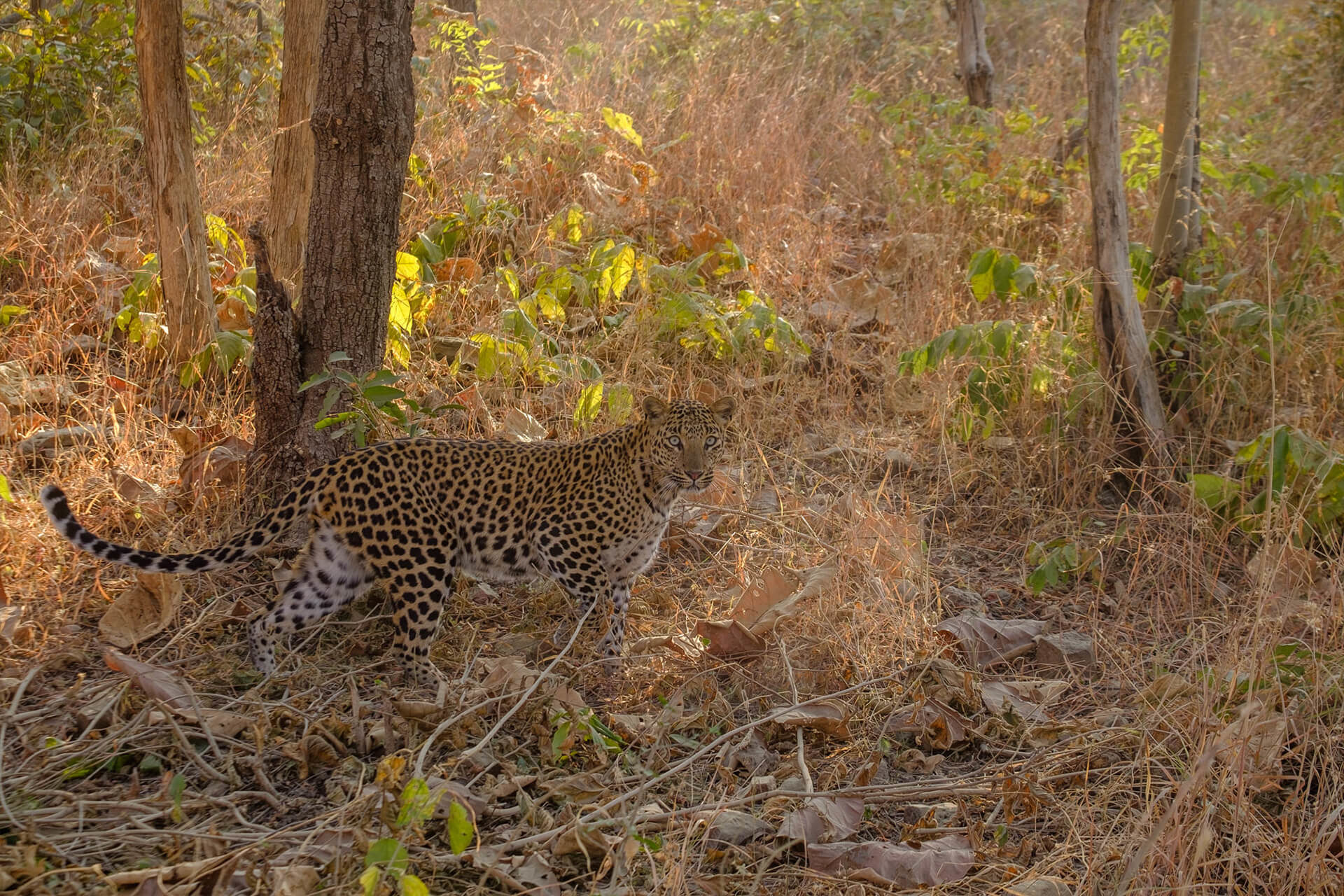
Forest protection in India is closely tied to wildlife conservation and nowhere else is this more apparent than in the central Indian state of Madhya Pradesh. The state has the largest area under forest cover in India and a total of 25 wildlife sanctuaries and 11 national parks – amongst the highest in the country. In Madhya Pradesh, conservation goes hand-in-hand with tourism and livelihoods and its parks, are largely staffed by locals from villages that border these protected forests. Every year, thousands of visitors throng these deciduous forests, that are amongst the best places in India to see the endangered Royal Bengal Tiger, Leopard, Sloth bear, crocodile and other amazing species.
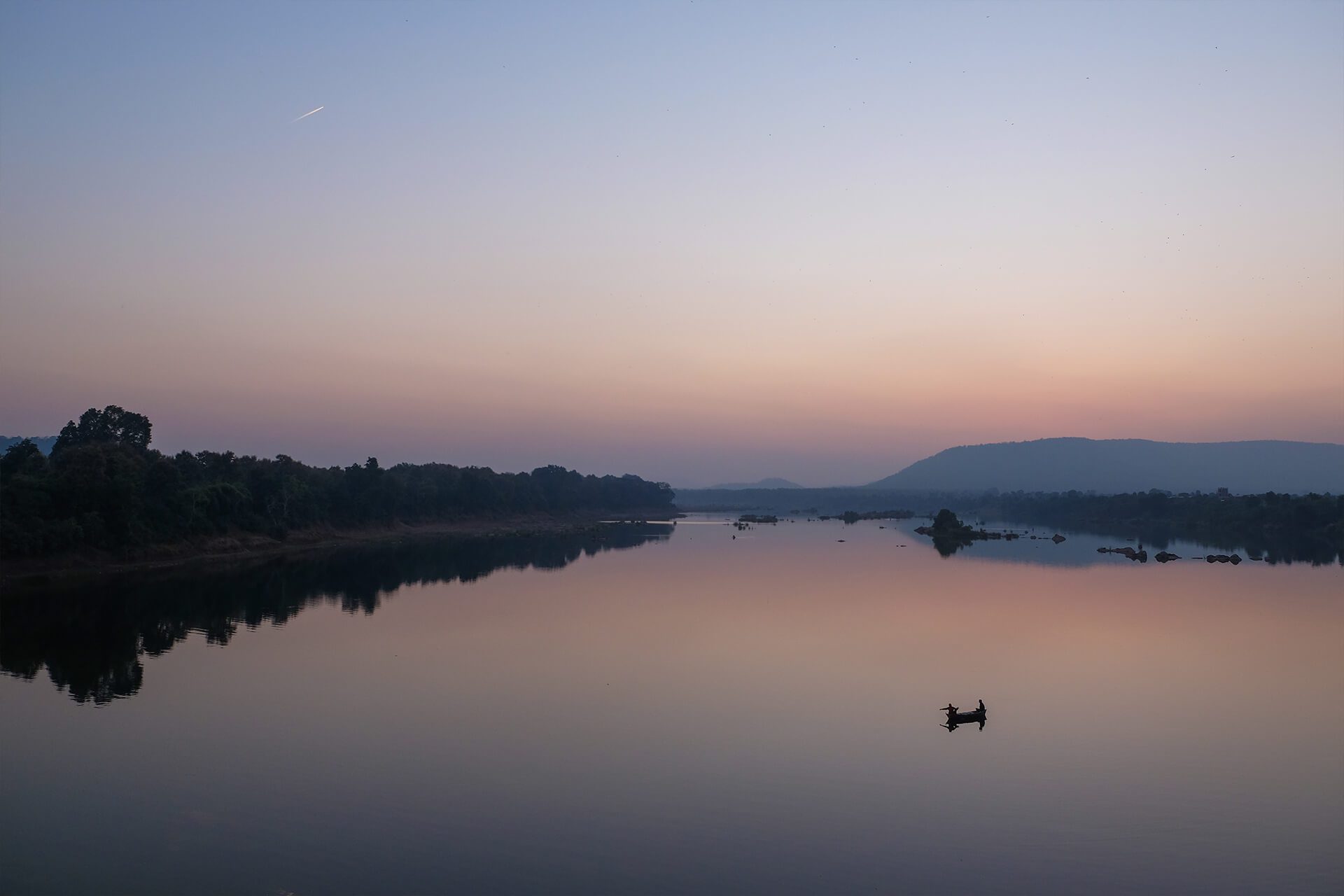
In states with a high percentage of forest cover, the challenge of protecting forests and wildlife is the increasing pressure of infrastructure development. This is shrinking habitats, disrupting wildlife corridors, and resulting in the loss of old growth forests. This is the case even in states like Madhya Pradesh (MP), where there is robust forest protection. Projects like the linking of the Ken and Betwa rivers, which aims to transfer water from the Ken River in MP to the Betwa River In neighboring Uttar Pradesh, threatens to submerge thousands of hectares of forest land that is mostly located in the Panna Tiger Reserve with staggering consequences to forest cover and biodiversity.
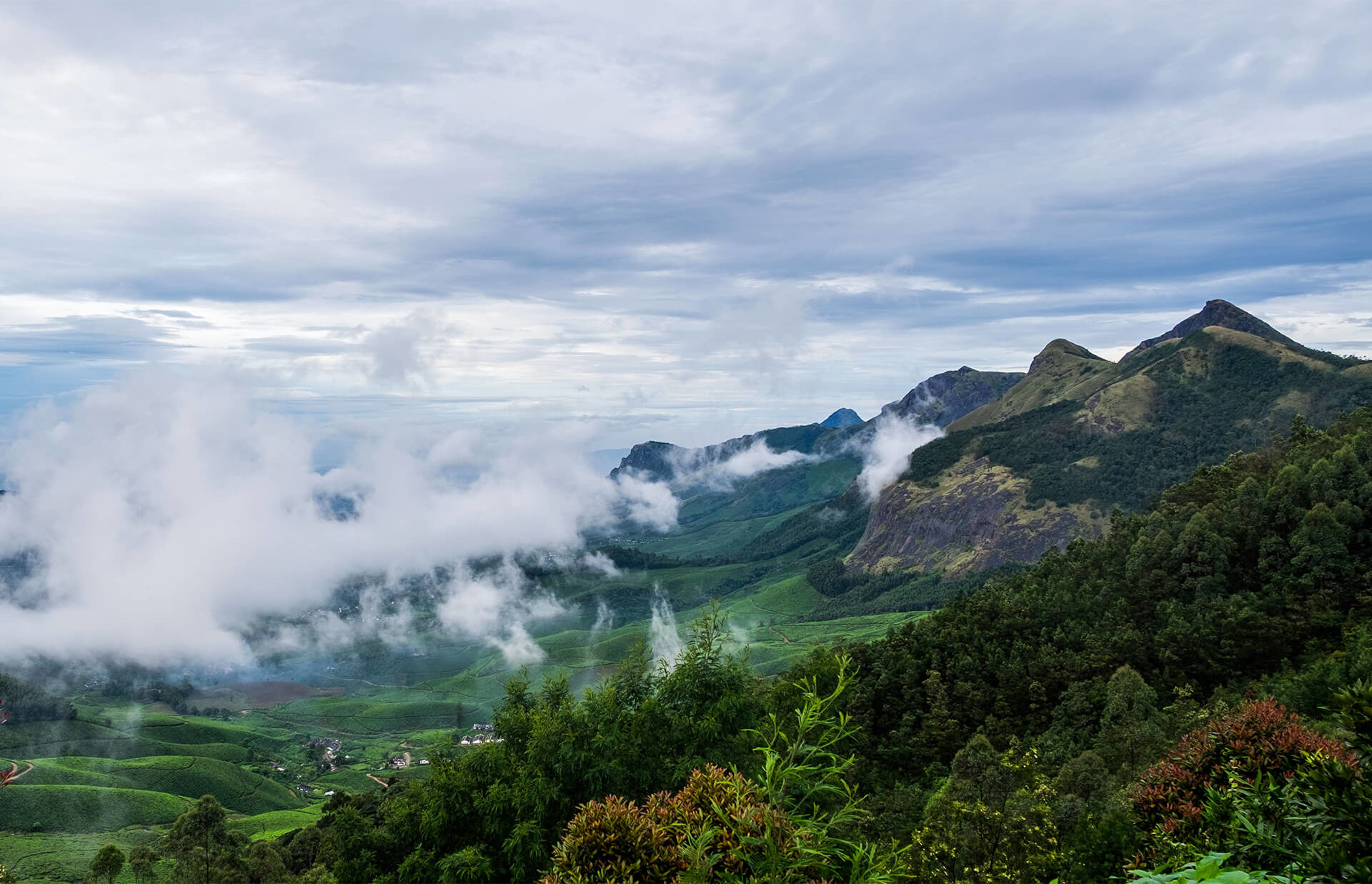
The State of Kerala in southern India is known for its beautiful tea and spice plantations, stunning backwaters, and evergreen forests. With over 54% of the state designated as forests, Kerala has six National Parks and 17 Wildlife Sanctuaries. Kerala is one of the states which has shown an increase in forest cover. However, the India State of Forest Report of 2019 states that the increase in forest cover is primarily due to plantations, conservation activities as well as improvement in interpretation of what constitutes a forest. The report further states that over 50% of Kerala’s forests are classified as ‘Plantations or Trees outside forest’ suggesting that the state’s many tea, spices and rubber estates are possibly also being counted as ‘forests’.

The increasing incidence of cyclones on India’s western coast due to climate change has brought renewed focus on conservation of mangroves in coastal states. In Kerala, mangroves now cover only 25 sq kms, down from 750 sq km in 1957. This is abysmally low for a state known for its forests, rivers, and backwaters. The fact that a significant portion of these mangroves fall in private land further complicates the task of rejuvenating these mangroves which serve as a natural protection during extreme weather events. Mangroves comprise of only about 1% of the world’s forests but remain important coastal hubs for local biodiversity.
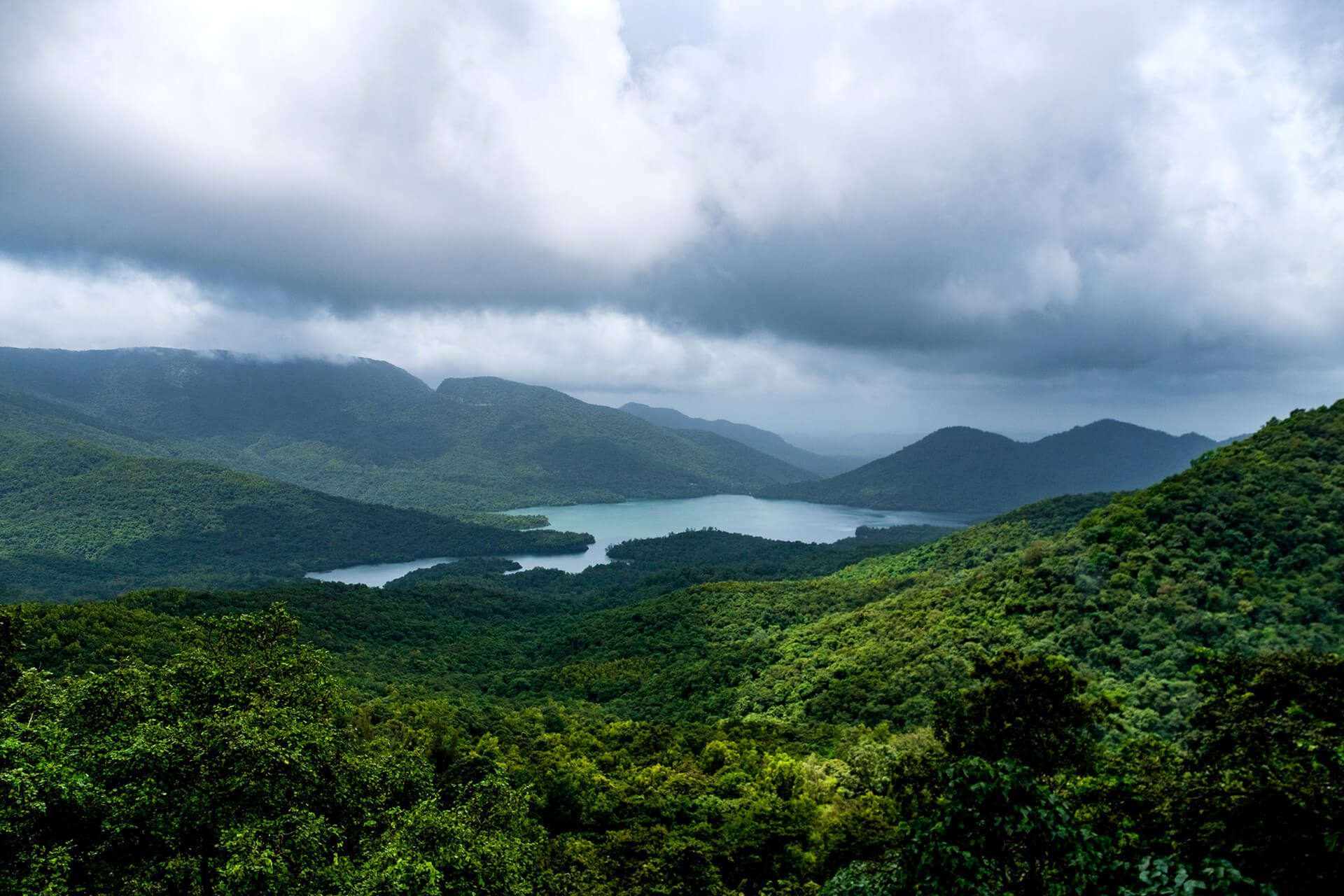
The Western Ghats are a 1,600 km-long mountain range, traversing the states of Gujarat, Maharashtra, Goa, Karnataka, Kerala and Tamil Nadu, and critical to India’s south-west monsoon system. The ghats are one of the eight hotspots of biological diversity in the world and home to some of the best examples of non-equatorial tropical evergreen forests. The area covers just 5% of the country’s land, but provides a habitat to more than 30% of all plant, fish, bird, and mammal species found in India, including at least 325 globally-threatened species. It is also the source of many perennial rivers in peninsula India. While the Western Ghats are protected through various national parks, operating under the forest departments of different states, there are still constant threats to its continued conservation, for example from various power and connectivity projects in the states of Goa and Karnataka.
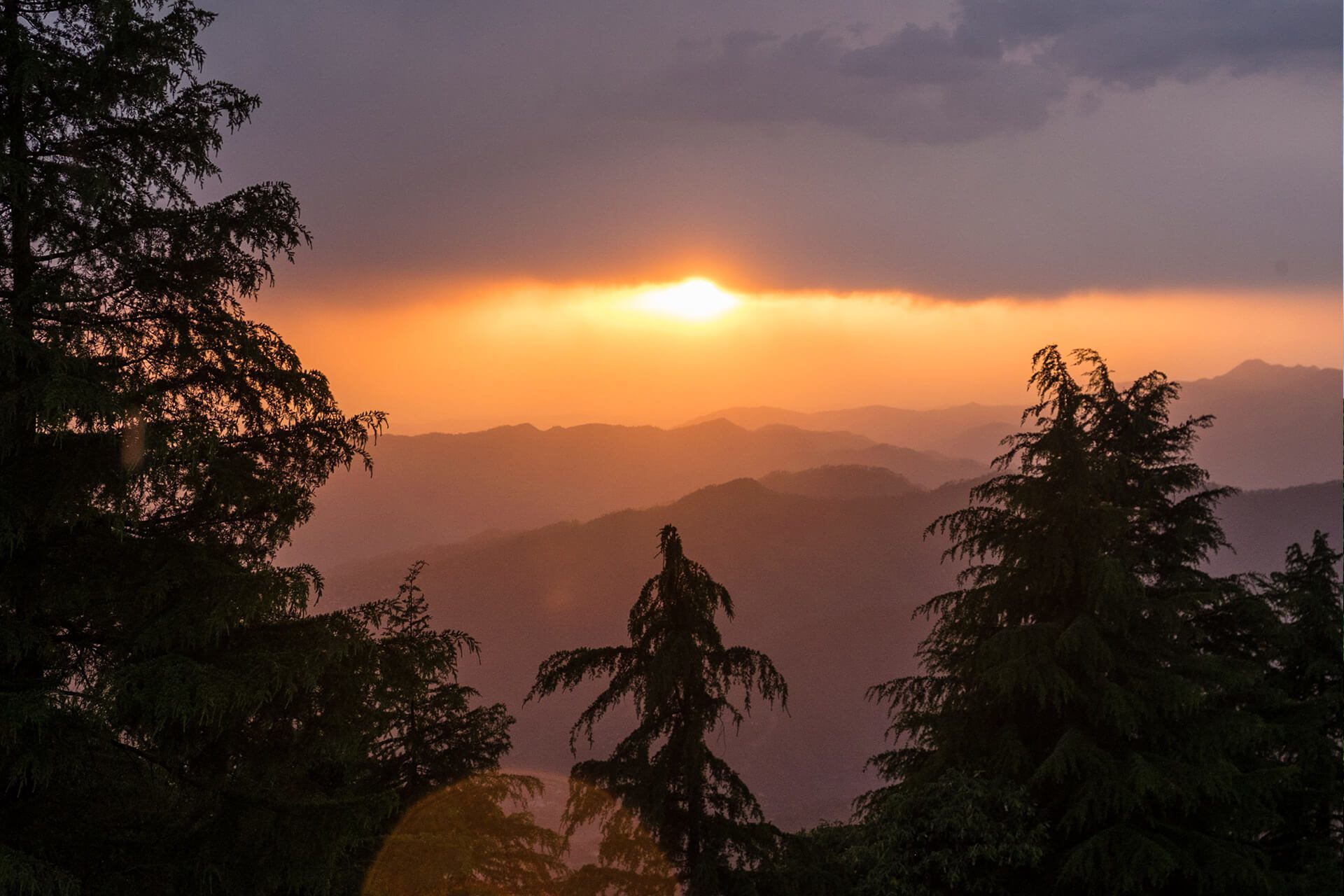
The Himalayan state of Uttarakhand has a varied landscape from glaciers to plains and is home to a wide variety of trees and forests, including Pine, Oak, Rhododendron, Deodar and Fir amongst others. While Uttarakhand is considered to be among India’s most beautiful states, due to its stunning Himalayan ranges and dense forests, it has lost over 50,000 hectares of forest cover in the last 20 years, and less than 50% of the state is now forest. In addition to road-building, hydroelectric power projects, as well as annually increasing incidences of forest fires, this fragile hill ecosystem is at risk of more extreme weather events like cloud bursts and glacial lake outbursts that have been recorded.
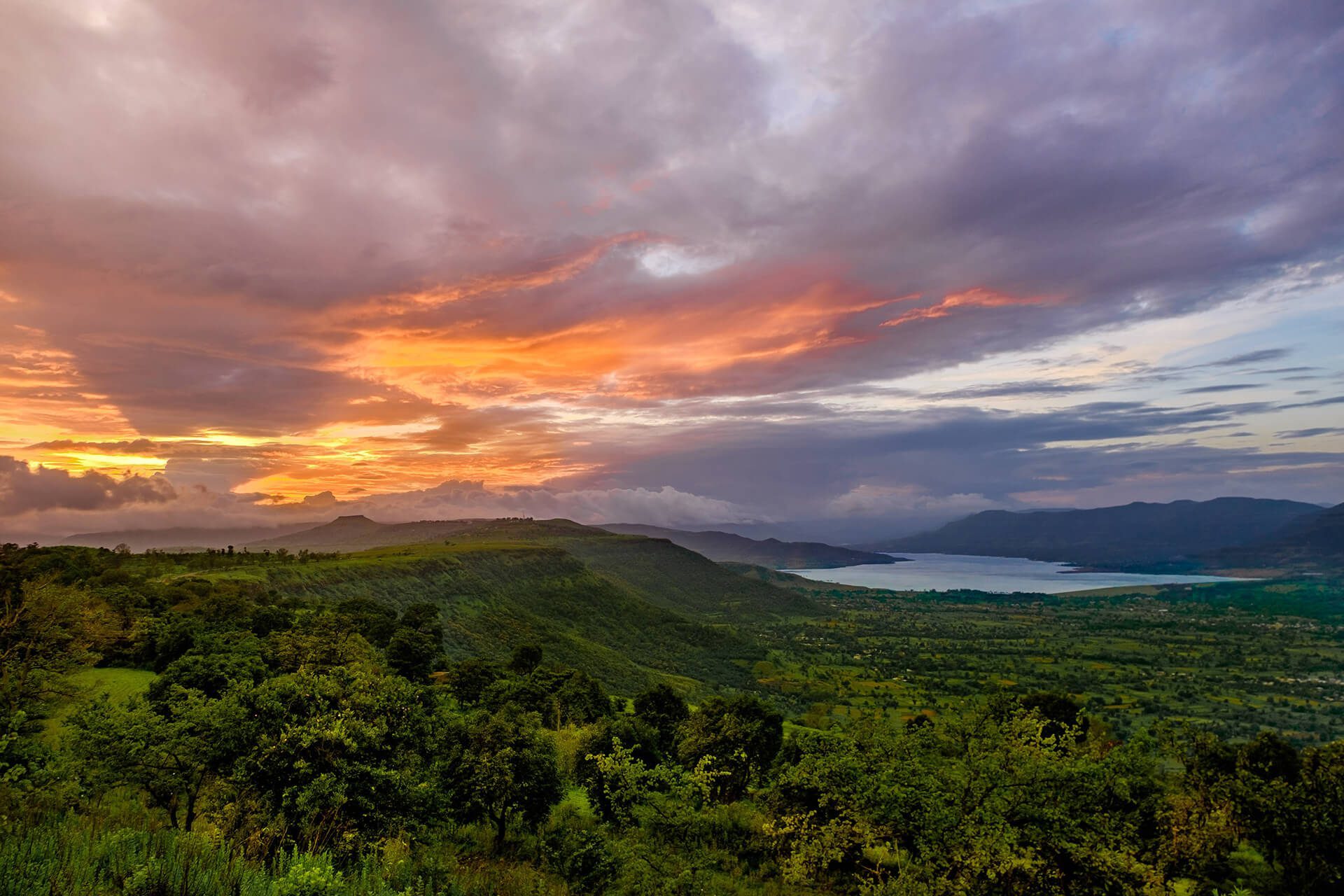
In some positive news for forests in India, multiple new reserves and national parks have been notified in 2021, which will help provide new protected habitats for wildlife as well as serve as a bulwark against climate change. New tiger reserves have been notified in Tamil Nadu and Rajasthan; Assam has declared two new national parks; Kerala has notified two new wildlife sanctuaries; Maharashtra has added a new wildlife sanctuary, 10 conservation reserves and also handed over 6,500 hectares of mangroves and 800 acres of forest land to the state forest department for better conservation and protection. These are good steps which should help move us closer to the goal of 33% forest cover. However, without an acknowledgement of the link between deforestation and climate change, better planning and political will, India’s forests remain at risk of losing out in the battle against short-termism and ill-conceived ‘development projects.’

